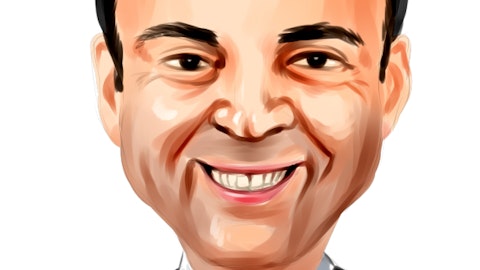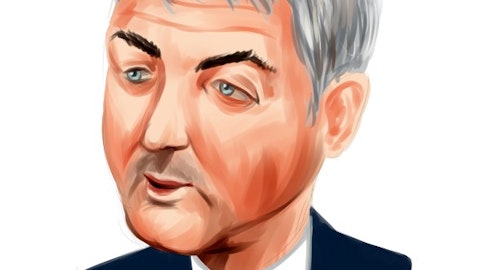
Mercury General: MCY writes risk classifications for automobile insurance; the company’s biggest market is California. We view MCY as a turnaround story given a tough last few years. In December 2011, the company implemented a change in its California personal auto rating plan and changed its business mix resulting in a 16% y-o-y bump in new California personal auto business, which reflects better pricing and cost trends in the CA personal auto market. That type of growth number is not bad at all. Further good news came from the cost side of the business. If MCY is able to continue to tightly control expenses, the combined ratio should improve and yield more profitable underwriting results. MCY’s expense ratio improved 26.8% y-o-y, and management has noted that it expects a long-term 27% expense ratio. Effective expense management and the company’s ~5.4% dividend yield are bright spots, but we remain wary of a decline in future rate increases and continued adverse reserve development (last quarter was MCYys seventh straight quarter of adverse development). In our opinion the risk reward skew is in the investor’s favor but only slightly so.
Sears: SHLD is a troubling stock, namely because you need to factor in all of the corporate restructuring activities led by Eddie Lampert. Ostensibly, quarterly earnings indicated impressive improvements but dig a little deeper and you’ll note that the performance was driven by favorable weather and store closings. The weather helped the apparel and home improvement sales though non-apparel comps were still negative, and margins were up due to store clearouts, which we point out is non-recurring. Since we identify these two items as the main source of the quarter’s outperformance, we think that sustaining this will be a challenge moving forward. That being said, we think that when looking at SHLD the focus should be on cash flow and asset value as opposed to quarter to quarter operating performance. The company is selling assets—SHLD’s partial Canada spinoff occurred last quarter and a liquidity event for the Lands’ End brand seems on the horizon. However, in spite of these sales/spinoffs, we believe that cash flow will stay negative in the next couple of years. The question for investors is whether or not they believe that the fundamental asset values (i.e., liquidation value) warrants a higher stock price. We are not of that opinion.
Jefferies: JEF has been aggressively expanding the company. Last quarter, JEF acquired Hoare Govett, the U.K. corporate brokerage house and bulked up its Bache platform. Management has its eyes on Europe for near-term expansion opportunities as new regulatory schemes in the US (e.g., Dodd-Frank) have propelled banks to turn their efforts toward home markets. JEF has made significant strides in gaining market share in new product groups. Fixed income trading saw a nice rebound with increased customer order flow and favorable spreads. Importantly, leverage has been managed effectively, down from 9.9x in FY 2011 to 9.5x. We note that JEF’s average total assets were 22% higher q-o-q; we think that it is reasonable to assume that management will continue to be aggressive in acquiring companies. At 13.5x forward earnings, JEF already trades a premium to bulge bracket competitors like Goldman Sachs (NYSE: GS) (consensus estimates of 9.5x) and Morgan Stanley (NYSE: MS) (consensus estimates of 8.6x). Therefore, we think upside potential is limited.
Wells Fargo: We took away many positives from the quarterly results. For one, WFC is in a position to make strategic asset acquisitions. It acquired between $5 to $6 billion in loans in Q1 and the latter half of last year. WFC boats high liquidity and a strong balance sheet (credit metrics include an improving FICO score mix and the loan to value (LTV) mix), leaving it with what we think is ample capacity to buy more loans. WFC also lowered its estimates for litigation losses in excess of reserve from $1.2 billion in Q4 to $927 million. For background information, the Department of Justice is bringing about claims for monetary damages and civil penalties under fair lending laws. We share investor concerns of slipping revenues (down 4% to 5% in the past couple of years), which can potentially be mitigated by tack-on acquisitions, and declining mortgage origination market share. In the last few years, the company was able to capitalize de-risking institutions but maintaining the current 34% market share will be difficult in part due to the shift to more purchases. And finally it’s likelihood of net interest margin (NIM) decline that keeps us from buying the stock. Currently, WFC’s NIM stands at 3.9%, above the 3.6% average for the top 15 banks, but we think it will not hold. We calculate NIM as investment returns less interest expenses divided by average earning assets. Warren Buffet, Mohnish Pabrai, and Patrick Degorce are among the investors who are bullish about Wells Fargo.



